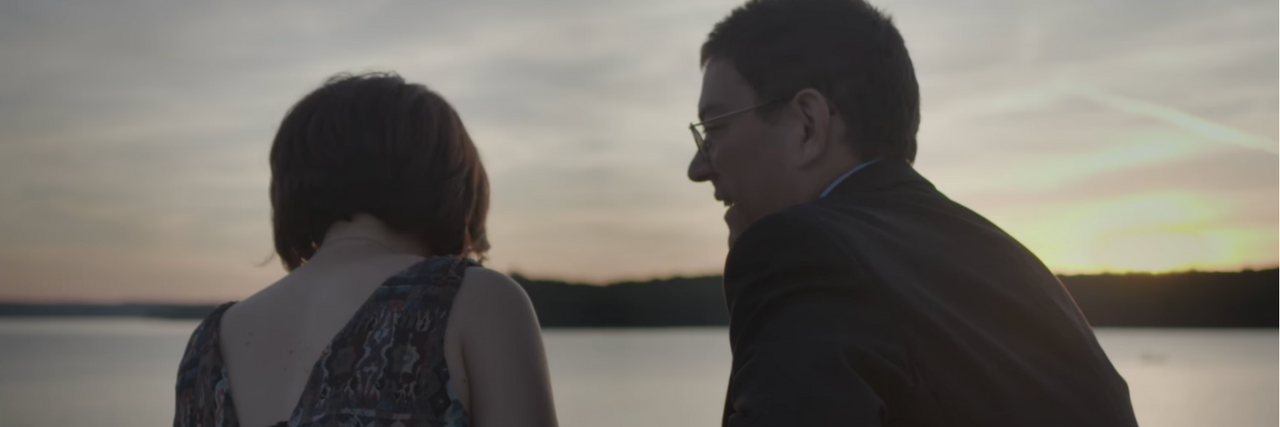Scott Levin proposed to Dina Buno at Red Robin, a place he calls “one of the most romantic places to get hitched.” Levin had ordered a Winnie the Pooh cake a week earlier in preparation for the big question. The cake read, “Will you marry me?” Levin dropped to one knee and presented a ring when the cake arrived at the table. Buno was shocked.
The documentary “Dina” focuses on Buno’s life and relationship with Levin, starting from their engagement and ending with the beginning of their marriage. Both Buno and Levin are on the autism spectrum, and, like any couple, they have to learn to compromise and embrace each others’ differences.
One difference consistent throughout the film is Buno and Levin’s varying intimacy needs. Buno, who has been married before, wants a more intimate relationship with Levin. Buno buys Levin the book “The Joy of Sex” in hopes being more intimate. Though Levin doesn’t seem to be as interested in the same sort of intimacy, despite showering her regularly with love and affection.
While the film mainly focuses on the couple, Buno’s life before Levin is also a part of the story. After her first husband died, Buno was stabbed repeatedly by a former boyfriend. In a way, the story is just as much about an autistic couple as it is about finding love after trauma.
“You’re more than special,” Levin tells Buno in the film. “You’ve been through more heartbreak than I could ever handle in my lifetime. And you’re still here. There’s something to be said for that, Dina.”
Buno and Levin have been married for two-and-a-half years now. Buno told The Mighty that the marriage has its good points and bad points just like any marriage. “It takes a lot of work — a lot of communication,” she said. “Then we have our fun times and our happy times, and we have to put both of them together. It’s a team effort.”
Buno — a part-time public speaker, who is currently writing a book — said she considers herself an “autism advocate.” Buno hopes the documentary brings more awareness to the neurodiverse world, “We want more projects like this because we want to talk about [how] everybody is different in their own way, and different is good.”
While Hollywood is beginning to include more characters on the autism spectrum, hit shows like “The Good Doctor” and “Atypical,” have neurotypical actors cast in these roles. Although fictional, these shows tend to represent a stereotypical view of autism, as researchers found through studying multiple portrayals of autism in Hollywood.
“Dina” is about the real-life experience of two individuals on the spectrum. Their story doesn’t represent the spectrum in its entirety, but it does show a side of autism rarely seen on screens — that of an older autistic woman.
“[C]haracters that are autistic are usually savants,” Kelly Krafcky, a member of The Mighty’s autism community, previously told The Mighty. “Not all of us can do physics at the age of 5, not all of us are super interesting. Also, it needs to stop being the stereotypical ‘elementary-age white boy’ because not all of us are white boys.”
“Dina” is available on iTunes, Amazon, and on DVD. The documentary was directed and produced by Dan Sickles and Antonia Santini.
Photo via YouTube

